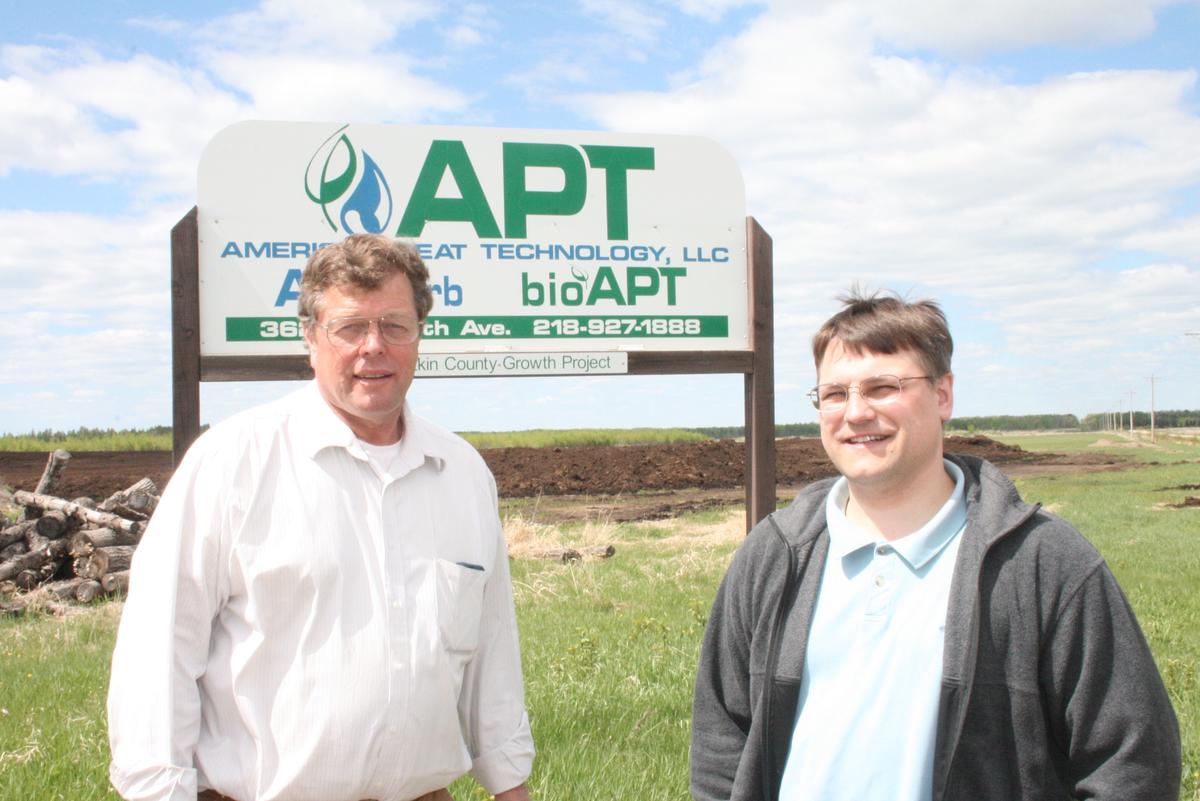For large-scale filtering of runoff from parking lots, an underground vault is positioned to catch and filter out trash, then two levels of APTsorb II filters out the heavy metals before the water moves to a nearby wetland.
The same media is also deployed in a long, flexible tube that can be laid along roadsides to collect polluted stormwater off highways and byways. And finally, they’ve developed a downspout filter for rain runoff from galvanized roofs which, over time, shed zinc. Zinc is a particular problem in the Pacific Northwest because it affects native salmon when introduced to waterways.
The new products have allowed APT to expand and today the company employs about 33 people.
“We need Igor to help us understand the chemistry,” said Peggy Jones, APT lab and marketing manager. “Every water situation that comes to us is different, and he can look at the data and explain what’s happening and how to use our products to fix it.”
